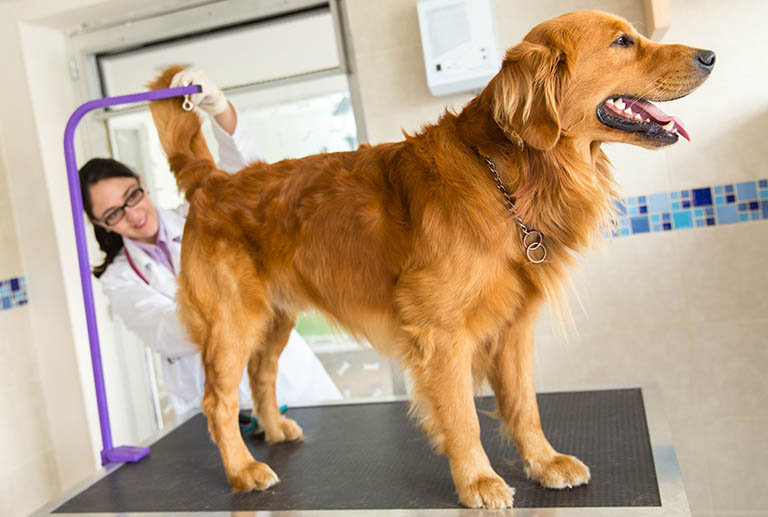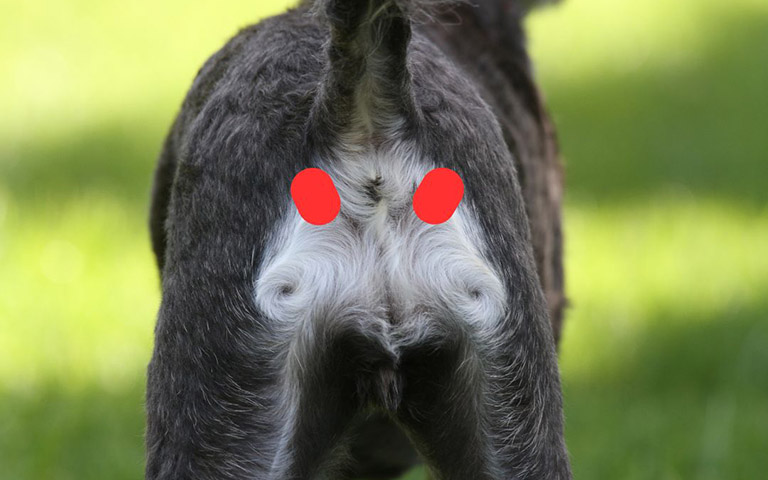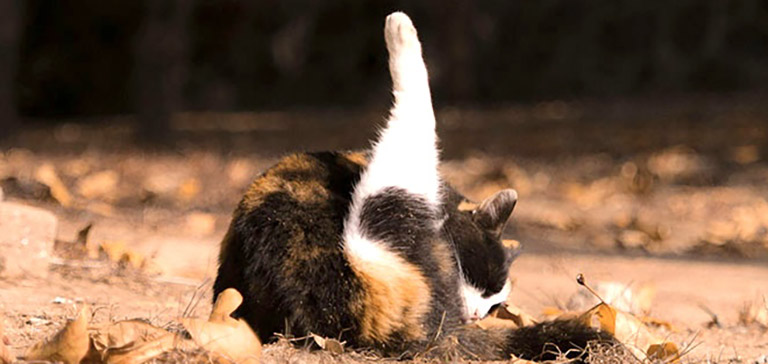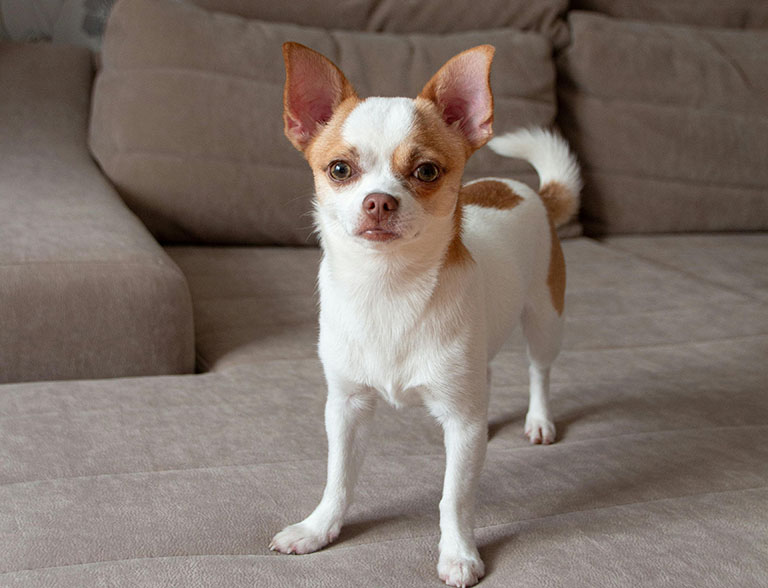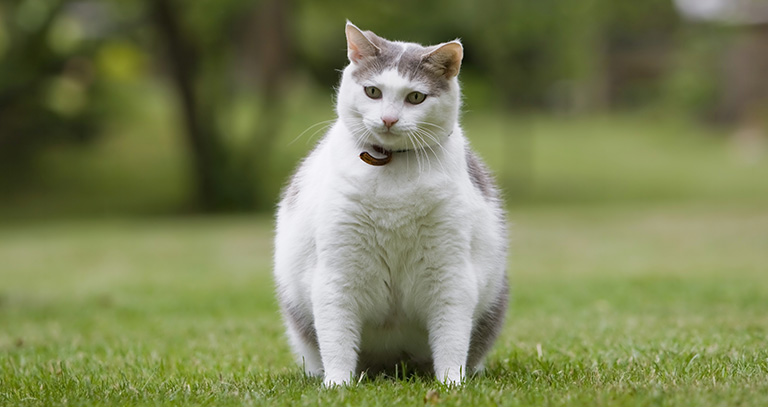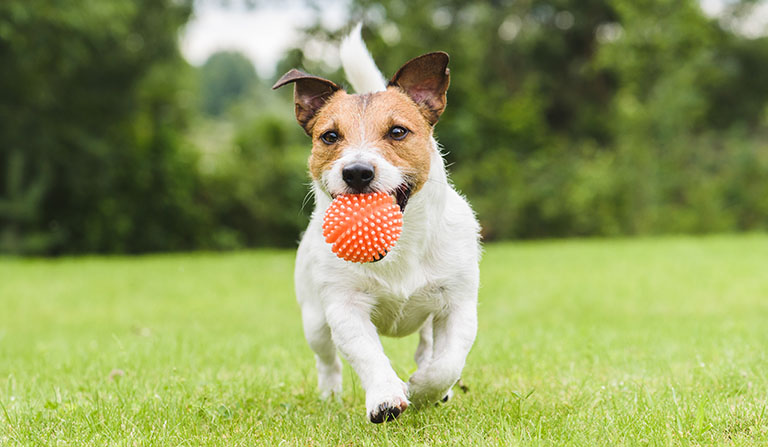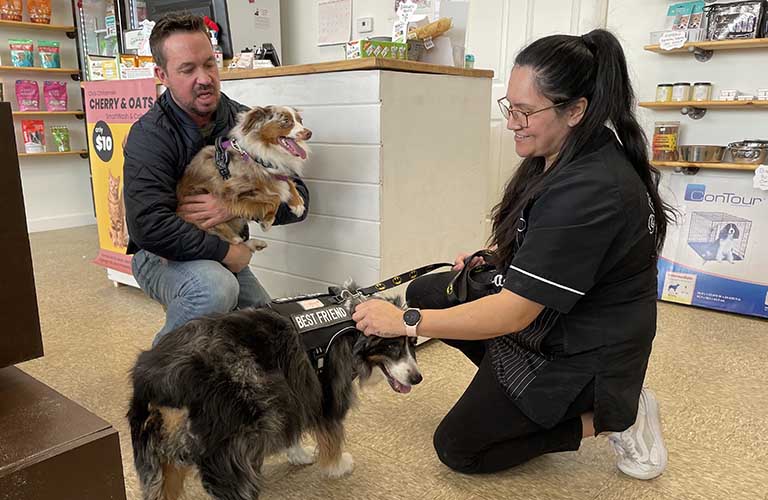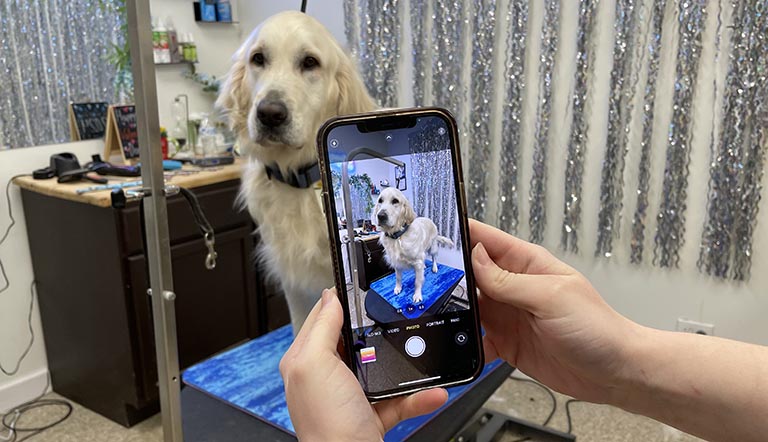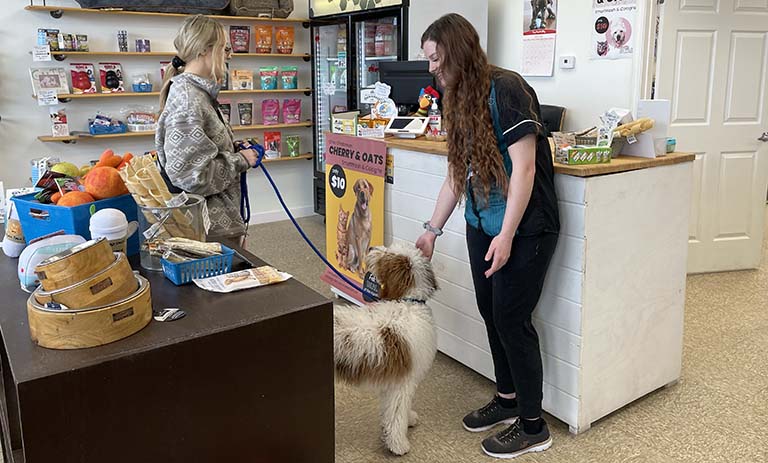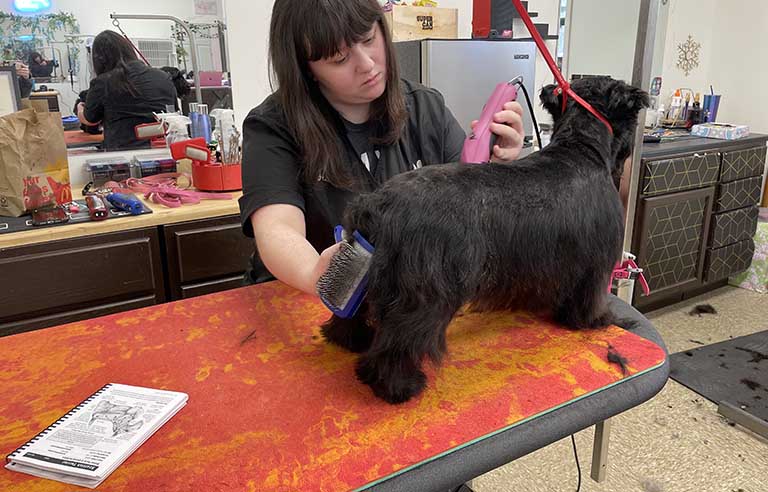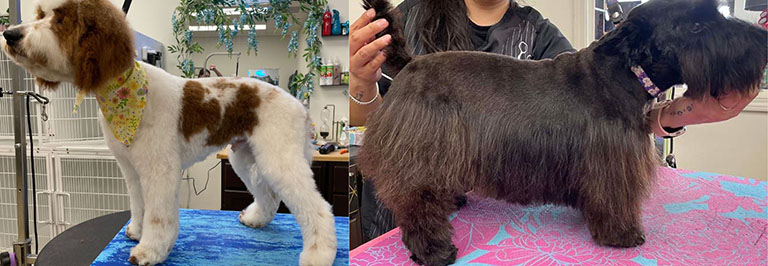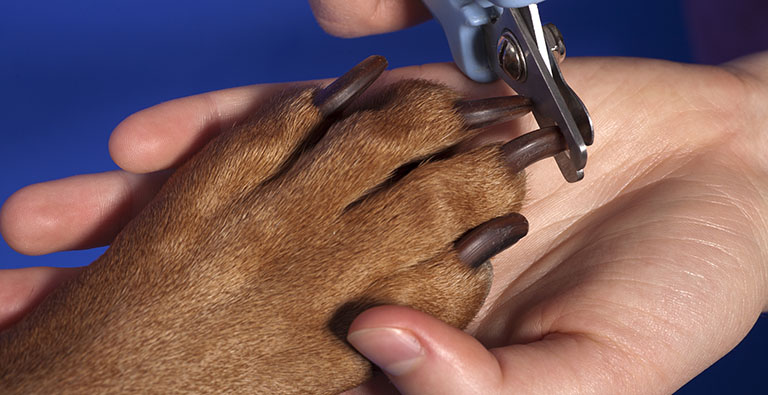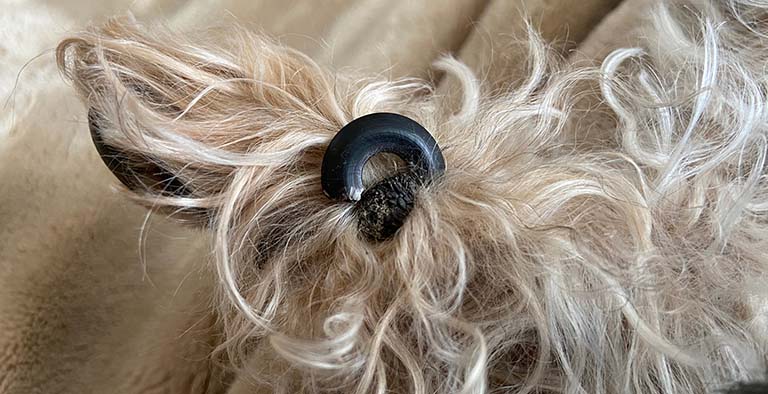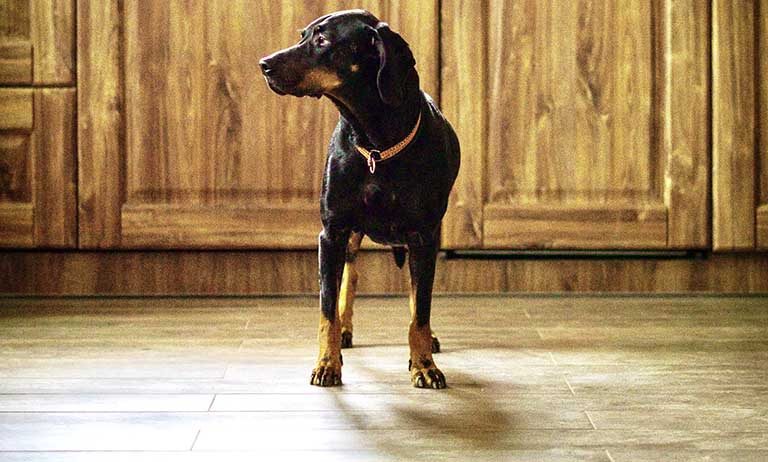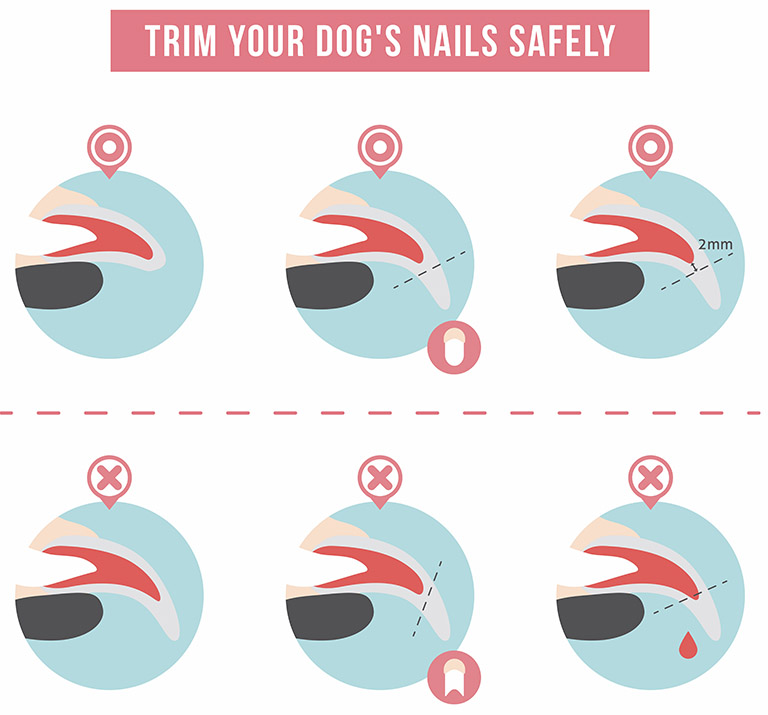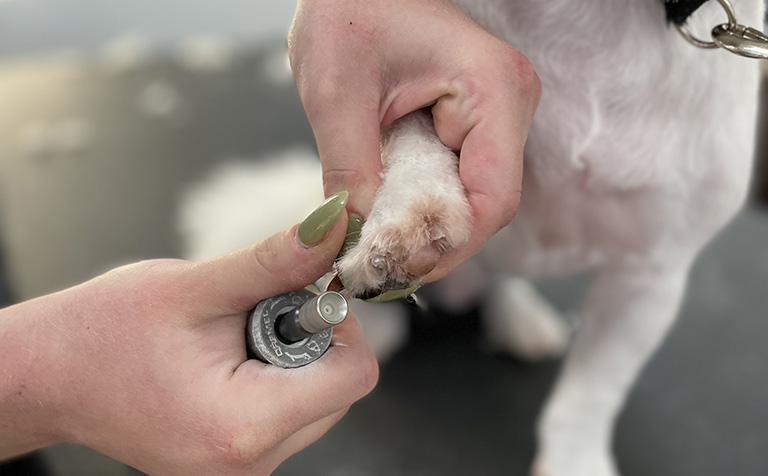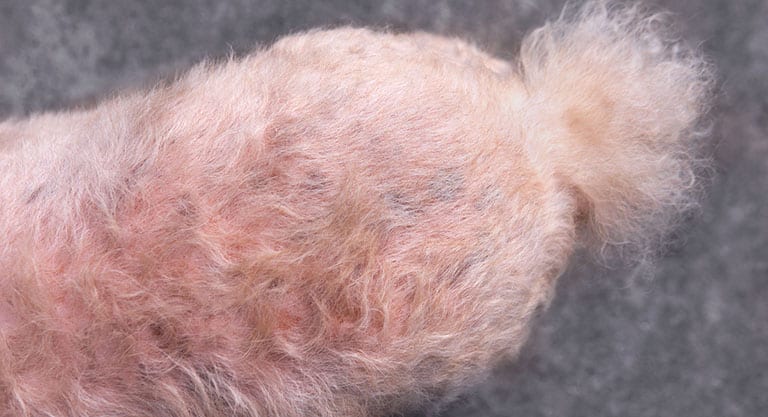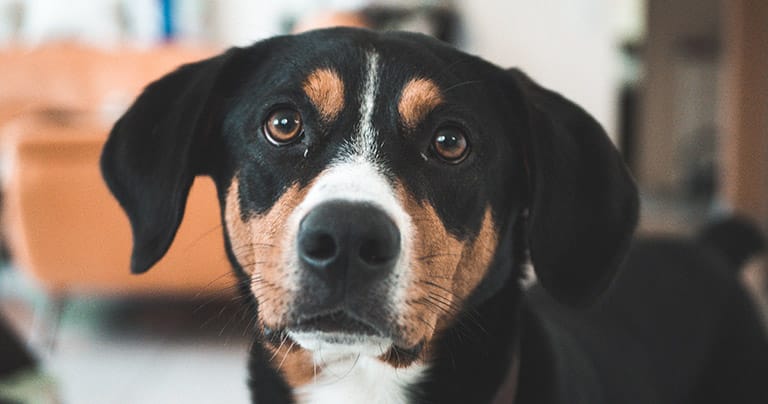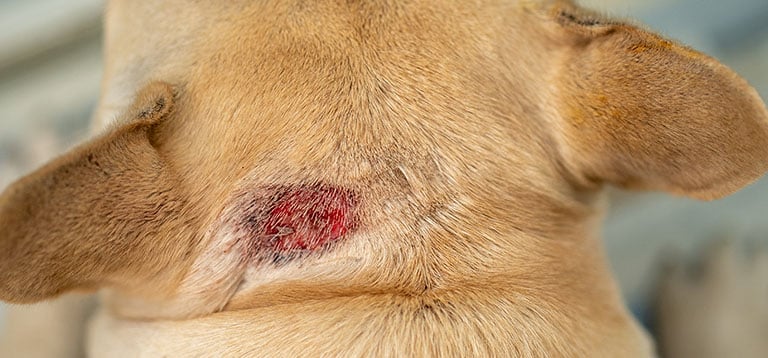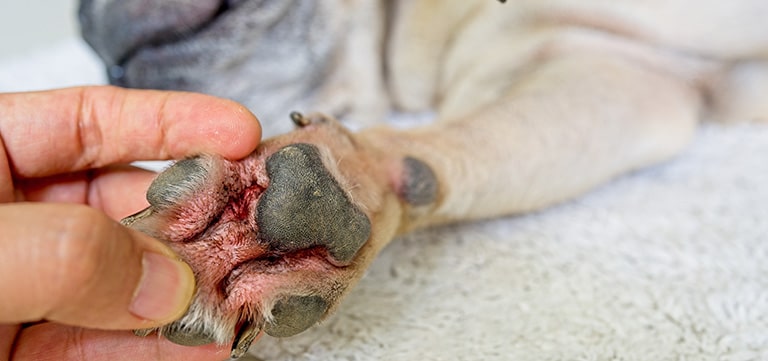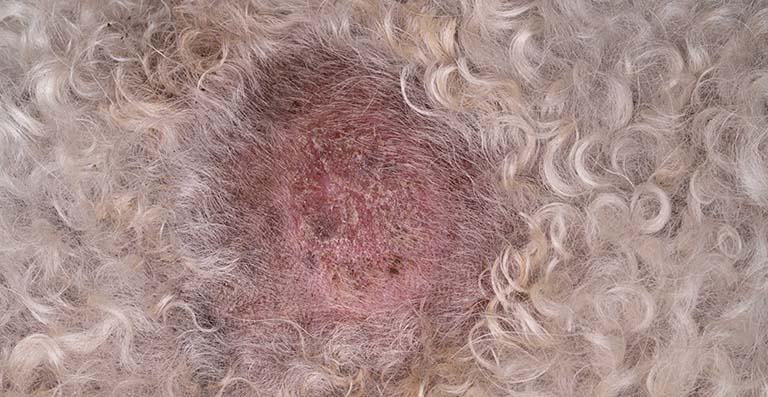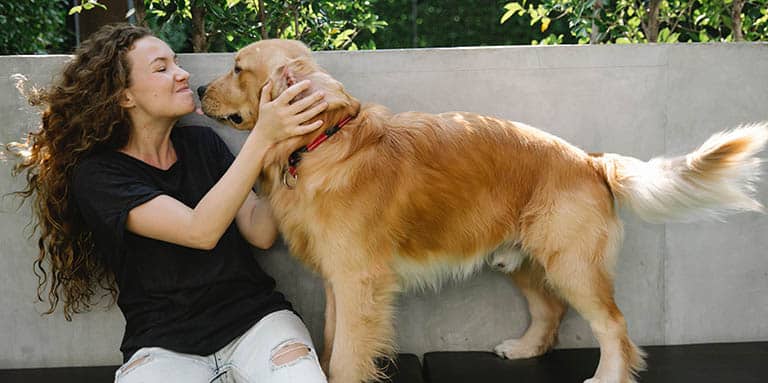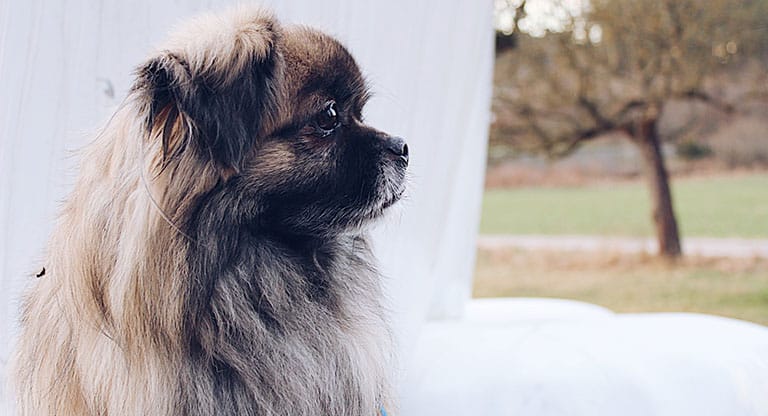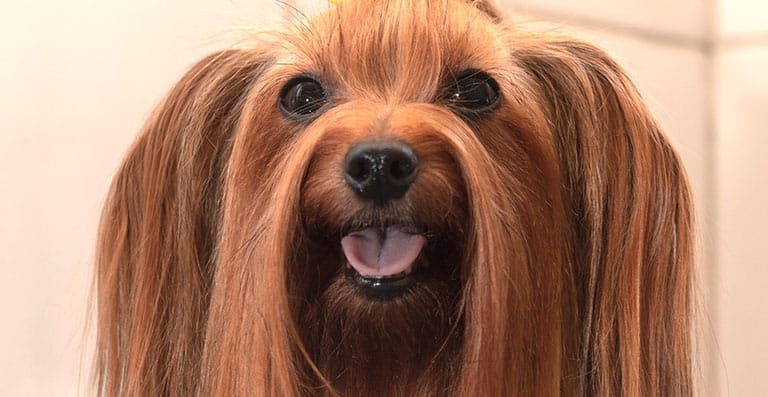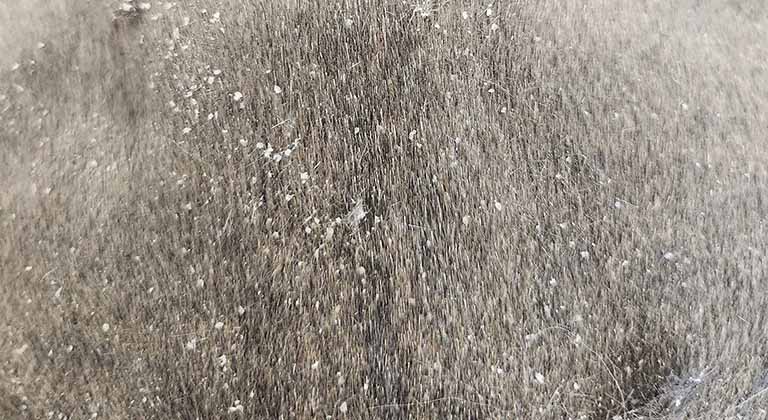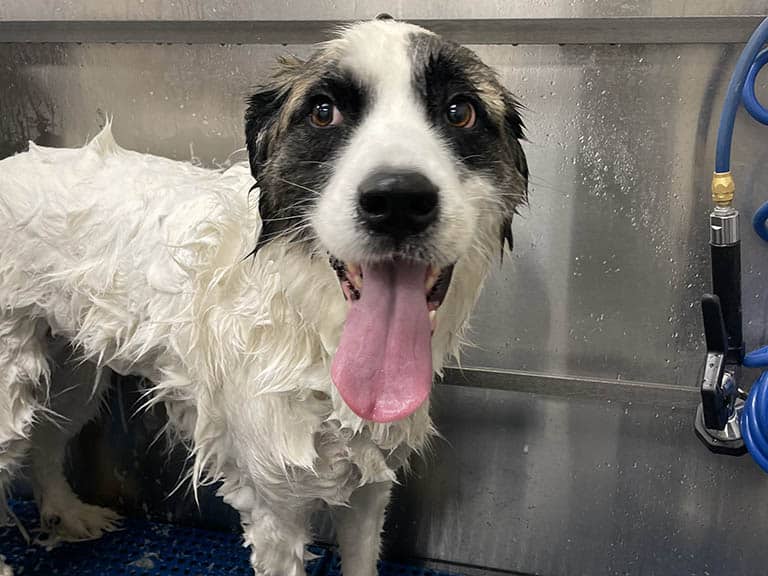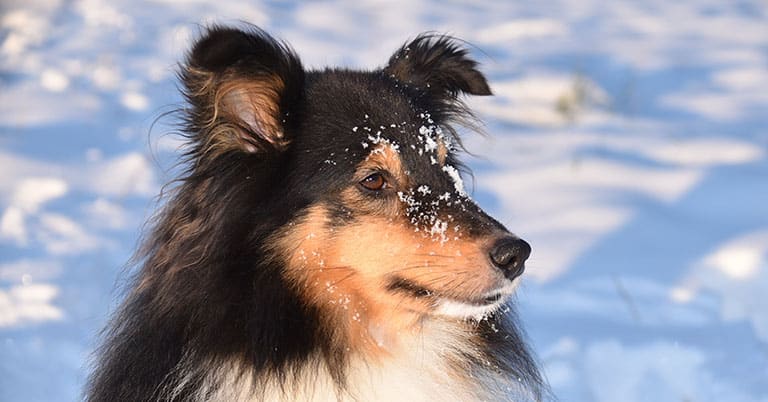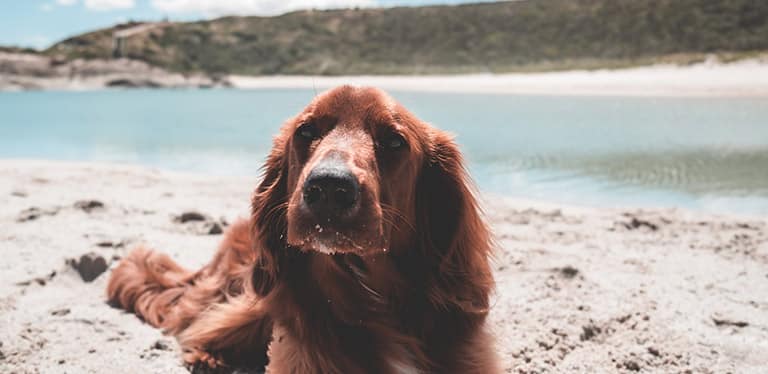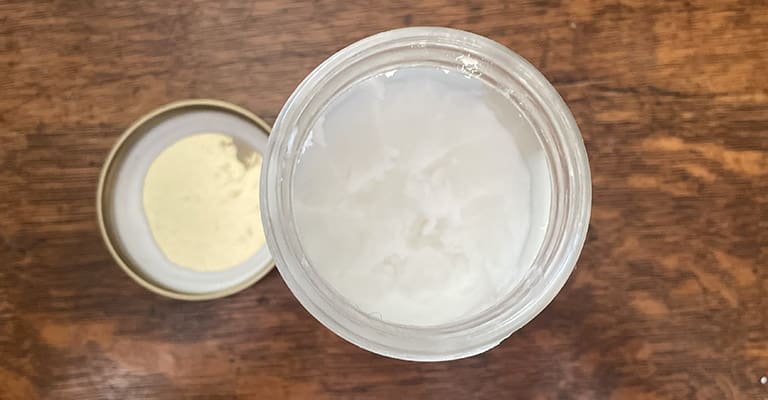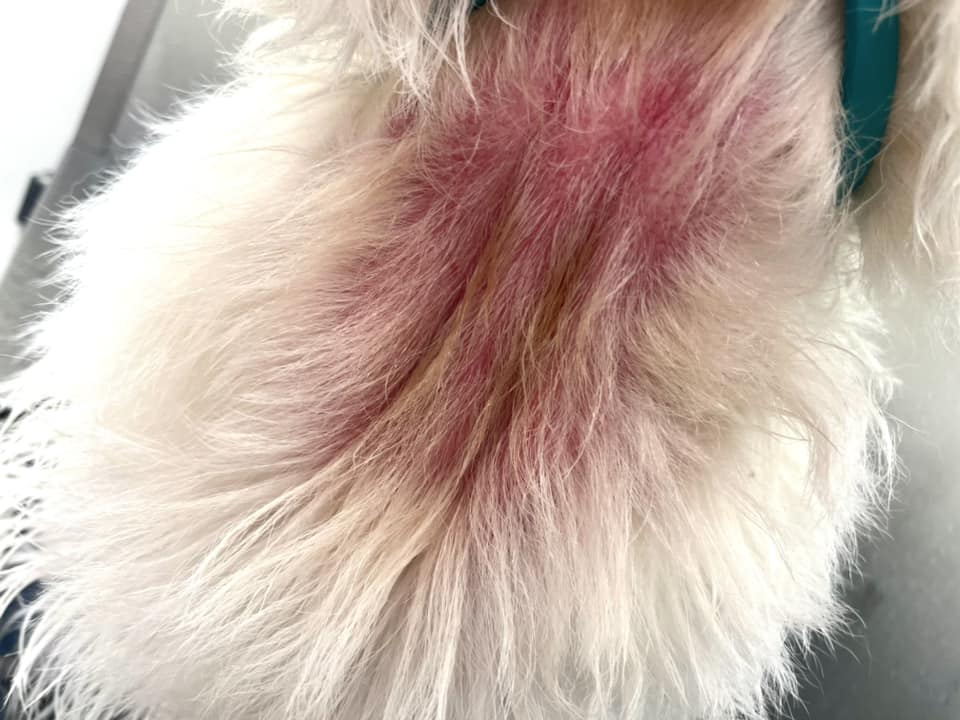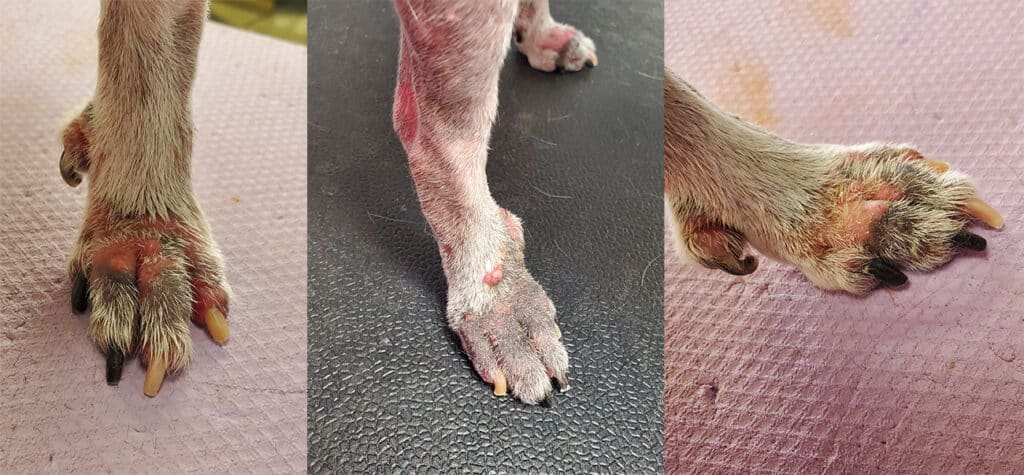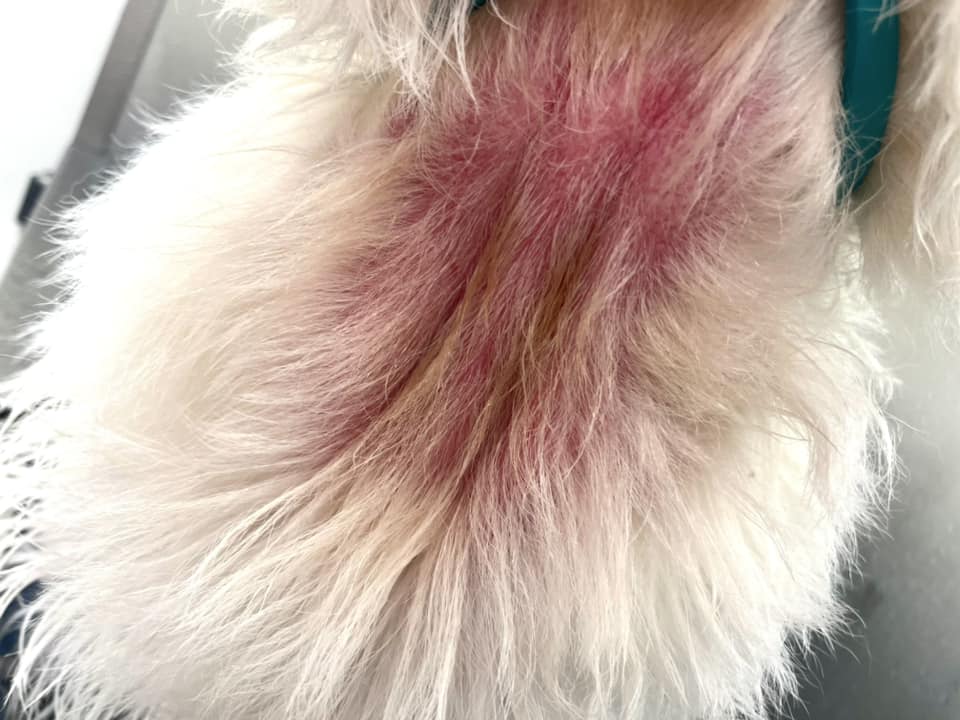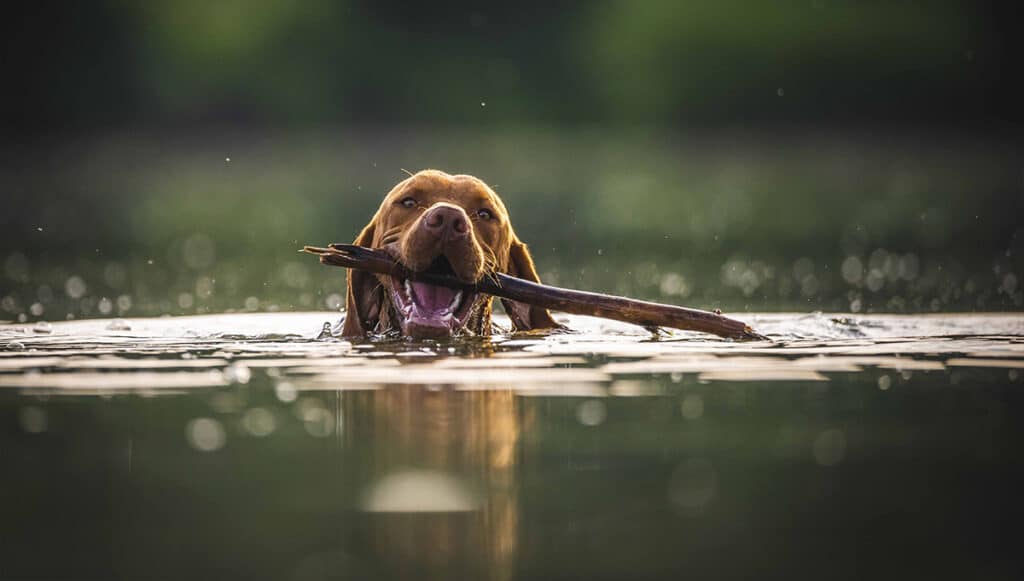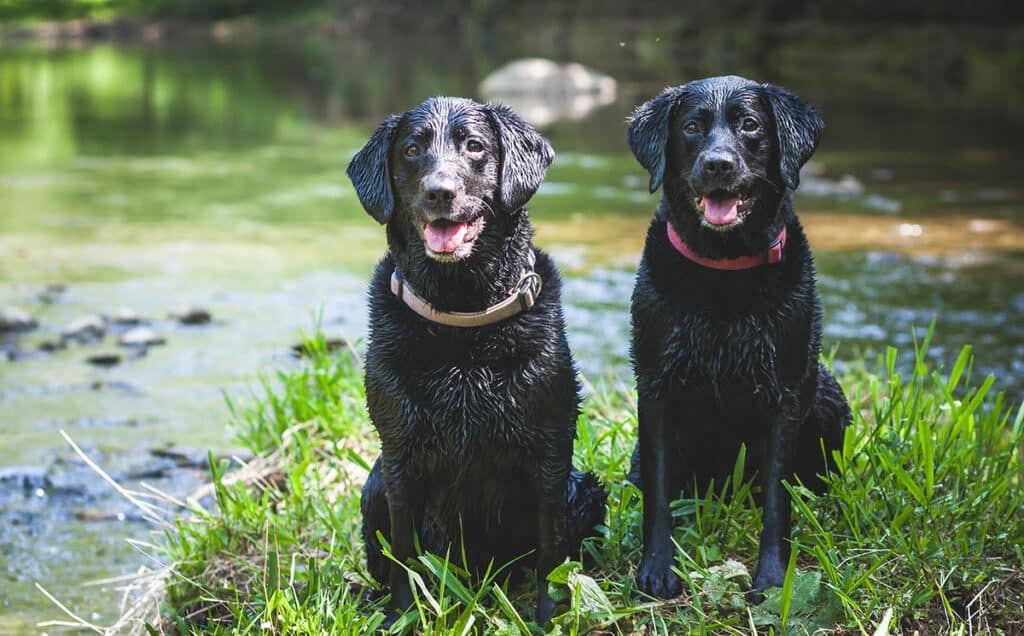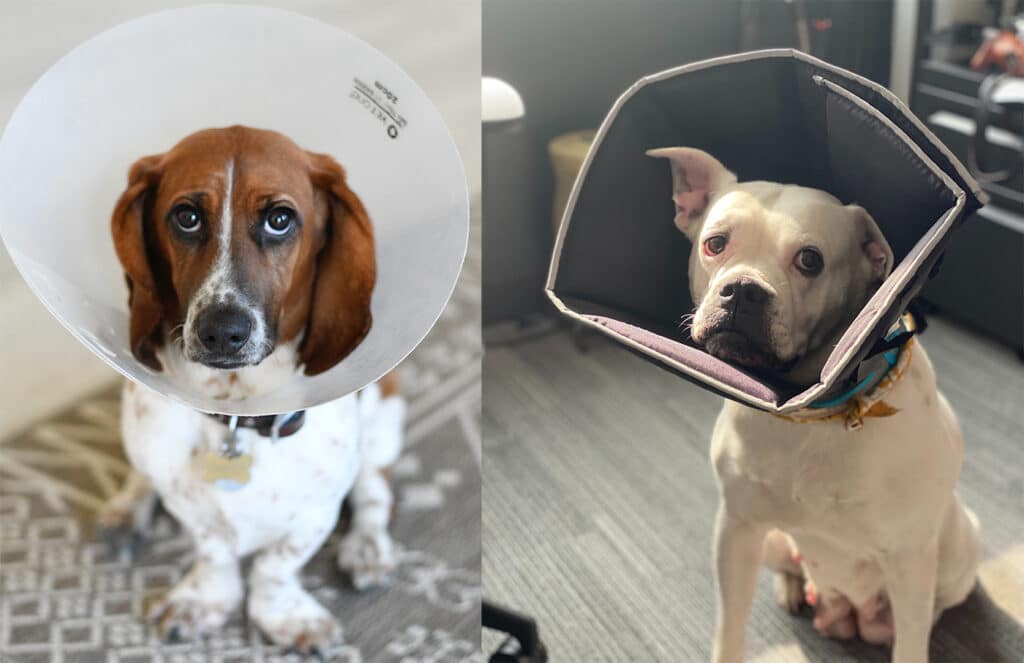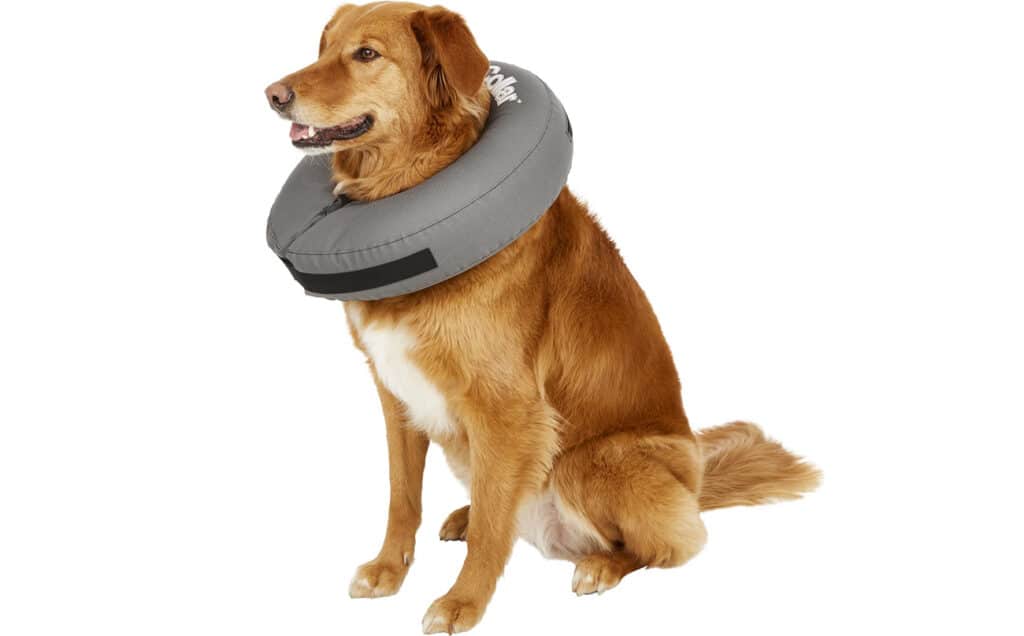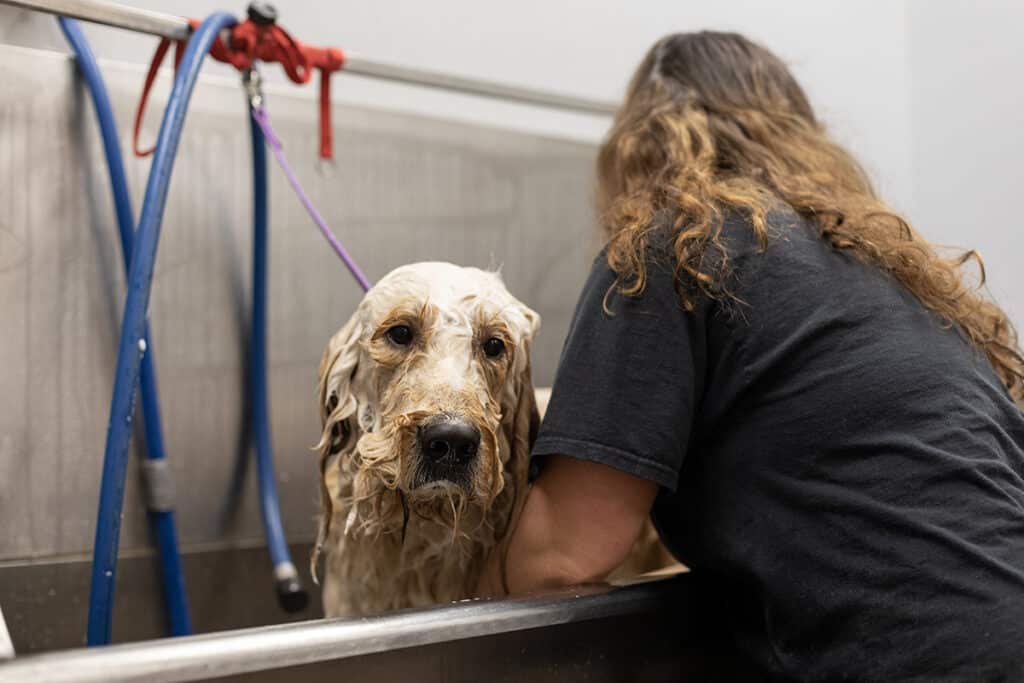Having your dog bathed is an essential part of their grooming routine, ensuring they stay clean and healthy. However, it’s not just about getting them wet and sudsy, it’s about providing a safe, stress-free experience while using the right techniques and products. At Smoochie Pooch we make it a priority to ensure your dog’s safety, comfort and overall well-being during every step of the bathing process. In this blog we’ll explore some of the key safety measures, bathing tips, and additional services that make Smoochie Pooch the perfect place for your dog’s grooming needs.
Safety Measures in Dog Bathing
Constant Supervision
Your pet’s safety is always our top priority, which is why we ensure they are never left unattended during their bath. From start to finish, your dog is closely monitored to provide a safe and secure environment, giving you peace of mind while they are in our care.
Secure and Comfortable
To keep your dog safe and relaxed during their bath, we use gentle, properly-fitted leads. These are designed to ensure your pet remains secure while allowing them to feel comfortable throughout the process.

Gentle Guidance
We take special care when helping your dog enter and exit the tub. Using calm, supportive techniques, we guide them step by step to ensure the process is smooth and stress-free, creating a positive experience for your pet.
We either lift the dog directly into the tub or, if they prefer, allow them to enter on their own using the stairs and the small side door on the dog bath tub. Once the dog is inside, we secure the door to prevent it from opening during the bathing process.
How Often Should I Bathe my Dog
The frequency of bathing your dog depends on their coat type and lifestyle. For long-haired or double-coated dogs, we recommend bathing every 4-6 weeks, while short-haired or smooth-coated dogs can go 6-8 weeks between baths. If your dog spends a lot of time outdoors, loves water or enjoys playing in the mud, a bath every 4-6 weeks or even every 2-4 weeks might be ideal, especially if you prefer to leave the bathing to the professionals.

Customized Care with Premium Products
Personalized Dog Shampoo Choices
Choosing the right shampoo for your dog is essential to maintaining a healthy coat and skin. Single-coated dogs may need less frequent bathing and gentler shampoos, while double-coated breeds require products that can penetrate deeper into the undercoat. If your dog has skin conditions or allergies, selecting the appropriate shampoo becomes even more critical.
Can You Use Human Shampoo on Dogs?
Smoochie Pooch only uses shampoos designed to be diluted, requiring just a teaspoon of shampoo per cup of water. We avoid using human shampoo, as its pH levels can irritate your dog’s skin. Even shampoos from pet stores can be diluted for better coverage and rinsing. If you need to bathe your dog at home, talk to your professional dog groomer for recommendations for shampoos to use.

Dog Conditioner for Every Bath
Conditioners play an equally important role in your dog’s grooming routine, especially for thick- or long-coated breeds. Shampooing can strip the natural oils from your dog’s skin and coat, leaving them dry. Conditioner helps rehydrate the skin, repair the hair shaft and add a protective layer to the coat. This not only keeps the hair healthier but also makes brushing easier once the coat is dry. Our groomers always apply conditioner and allow it to sit for a few minutes, giving the product time to work effectively.
Enhancing the Bath Experience with Additional Services
Dog Tooth Brushing
Oral health is just as important for pets as it is for humans. During your dog’s bath, we can include tooth brushing to help keep their smile fresh and their mouth healthy. This quick and effective service is a great way to support your pet’s overall dental care routine.
Deshedding Treatments
Our Deshed Treatment is a three-step bathing process designed to reduce shedding by over 50%. This service includes conditioning, shampooing and a second round of conditioning, using nearly double the product and water of a standard bath to deeply moisturize and loosen the dead undercoat. After a thorough blow-dry with simultaneous brushing, our groomers use specialized tools to further reduce excess hair. While your pet may shed more immediately after the treatment as loosened hair is released, shedding will noticeably subside within 24-48 hours, leaving your pet’s coat healthier and more manageable.

Anal Gland Expression
For your dog’s comfort and hygiene, we offer gentle external anal gland expression as an add-on to our grooming packages for dogs that need assistance. While many pets naturally express their own glands some, particularly smaller dogs, may require occasional help. Our trained groomers perform this service carefully, ensuring it is never forced. Though this method is a helpful maintenance option, it may not be fully thorough, and internal expressions should always be handled by a licensed veterinarian.
Exfoliating Skin & Coat Detox
Enhance your pet’s grooming experience with our Exfoliating Skin & Coat Detox, featuring luxurious Iv San Bernard Mineral Red products. This service gently exfoliates your pet’s skin and coat, removing impurities while promoting healthy hair growth and hydration. Suitable for both dogs and cats at select locations, the treatment ranges from $18 to $46, depending on your pet’s needs, leaving them refreshed and revitalized.

Blueberry Facial
Our Blueberry Facial is a pH-balanced formula that brightens facial fur while promoting healthy skin and providing a soothing aromatherapeutic experience. Available year-round, this indulgent add-on is perfect for enhancing any bath. We also offer seasonal facial scents like Mango Maui, Tropical Breeze and Harvest Apple as part of our monthly specials.

Flea Bath for Dogs
Our Flea Treatment Shampoo is a mandatory add-on service if fleas are found during your pet’s grooming appointment. This safe, non-toxic shampoo kills fleas on contact, offering immediate relief while protecting your pet from harsh chemicals.
Ozone Treatment & Hydro Massage
This advanced treatment is designed to address various skin concerns, including allergies, infections and irritations, while promoting overall relaxation and well-being. The hydro massage soothes muscles and enhances circulation, while the ozone therapy provides antibacterial and antifungal benefits, leaving your pet’s skin and coat rejuvenated and healthy. Prices do vary and are available at only a select few locations.
*Please note that all these services are only available with a basic or complete grooming package.
Removal of Ticks on Dogs
While tick removal is not an additional service, our groomers check the dog’s skin during the bath and will remove any ticks they find using the proper technique.
Mobile Dog Bathing Services
For pet owners with busy schedules, limited transportation or pets with high anxiety, Smoochie Pooch offers convenient mobile dog bathing services. Our fully-equipped mobile grooming vans will come directly to your home and provide personalized, one-on-one attention to bath and groom your dog.

Dog Bathing
At Smoochie Pooch, we strive to make each grooming session as enjoyable and stress-free as possible for your pet. By focusing on safety, comfort and using high-quality products, we ensure that your dog leaves looking and feeling their best. From tick removal to specialized treatments, we offer a range of services to enhance your pet’s grooming experience. Whether you’re coming in for a routine bath or a full grooming package, we’re here to provide the care and attention your pet deserves.





























